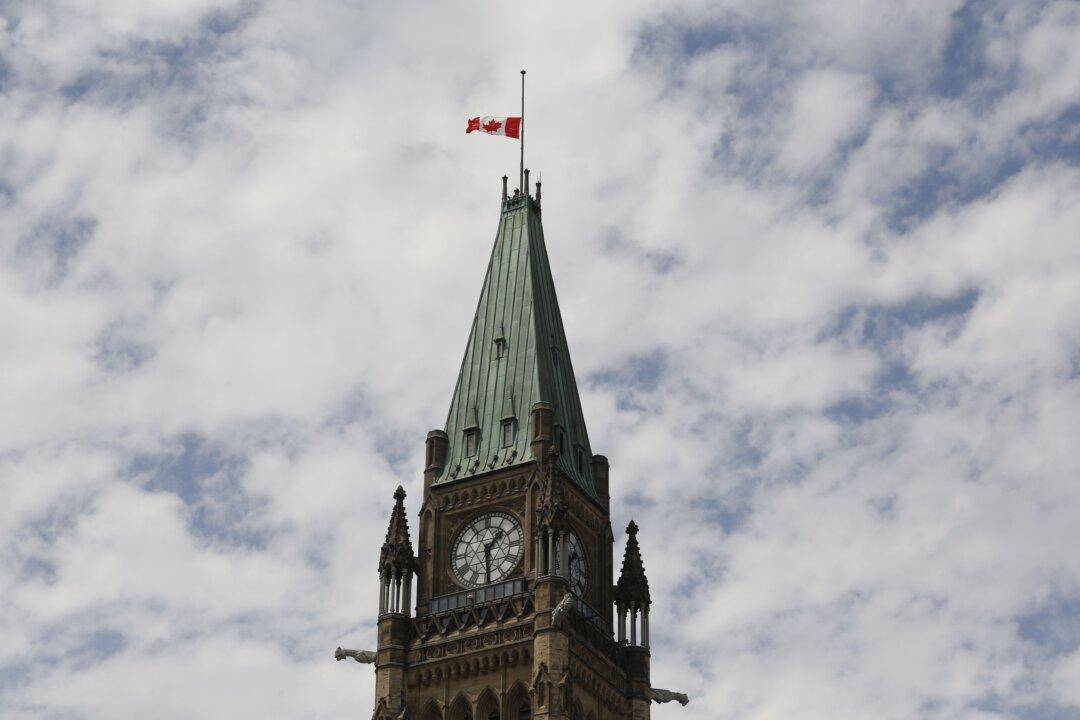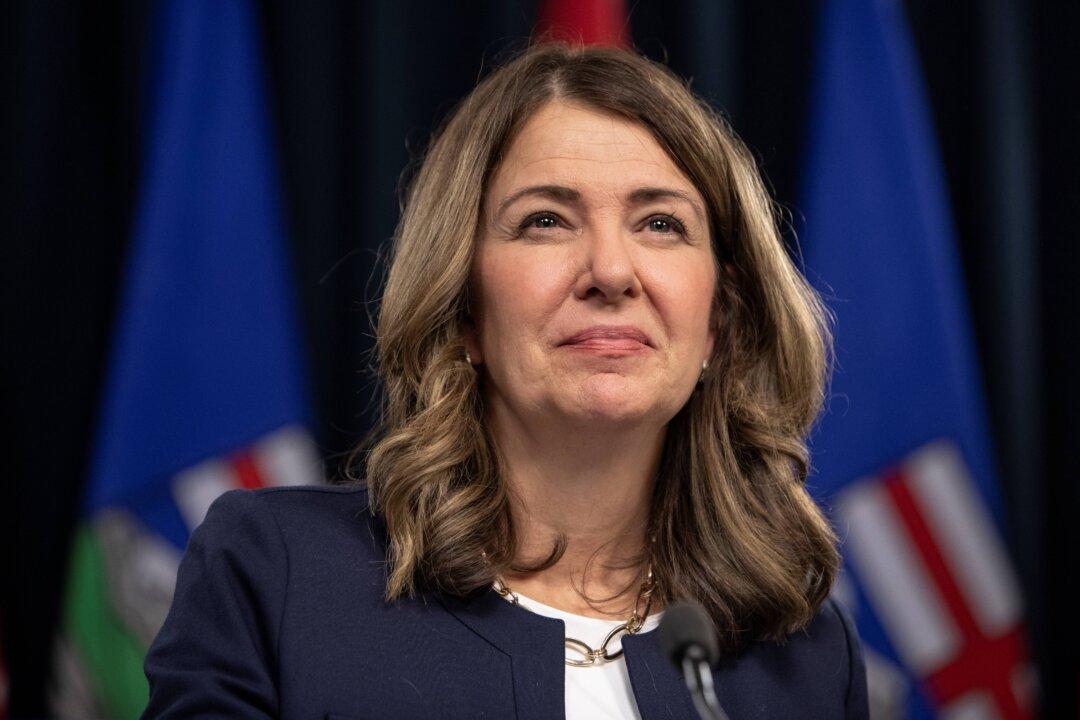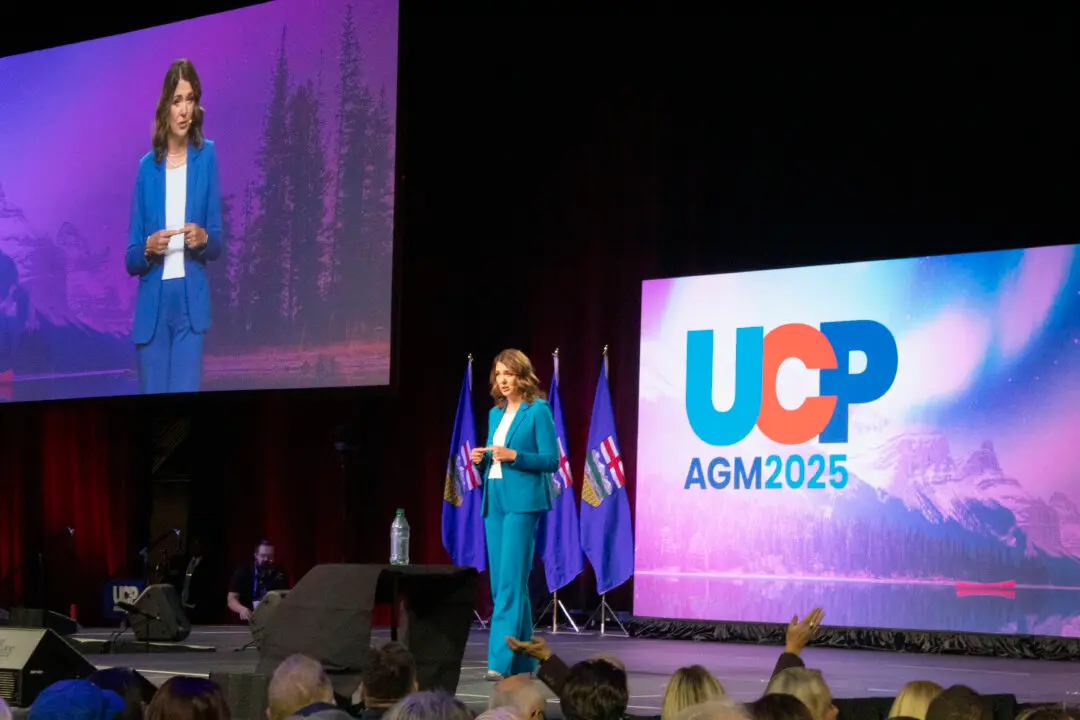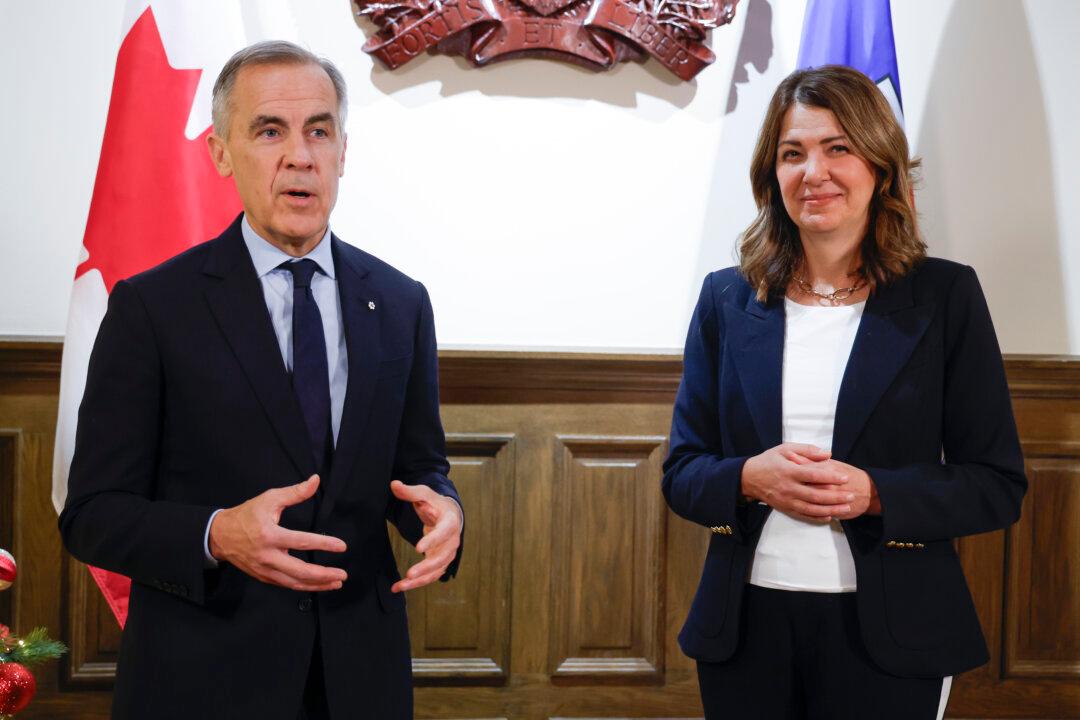Commentary
In May 2021, the world was shocked when it was reported ground penetrating radar (GPR) had identified as many as 200 possible grave sites at the site of the former Kamloops Indian Residential School in B.C. Protests and memorials erupted across Canada. The flag was kept at half mast for over six months while a new national holiday was created to recognize damage caused by residential schools. Dozens of churches were burned, and Pope Francis came to Canada to personally apologize for the schools.





